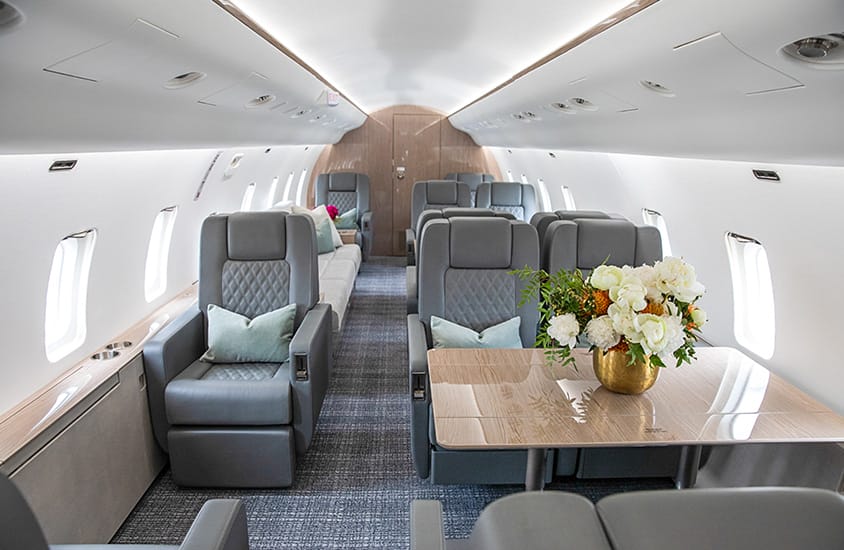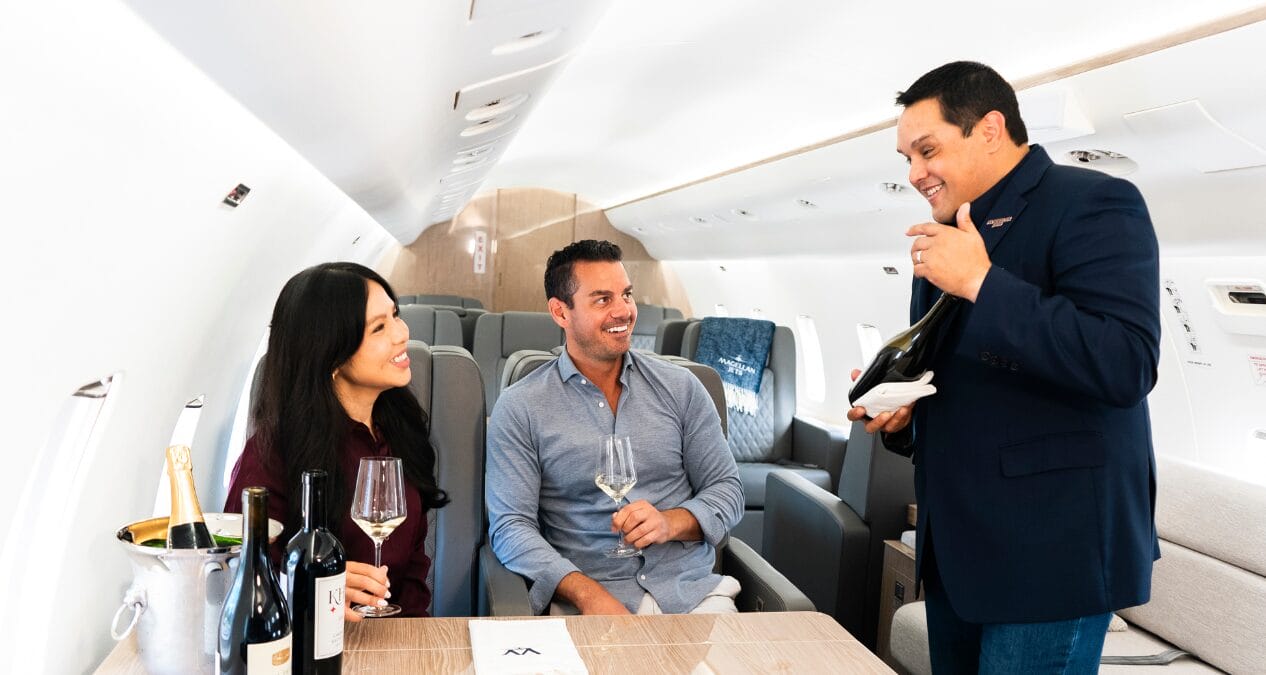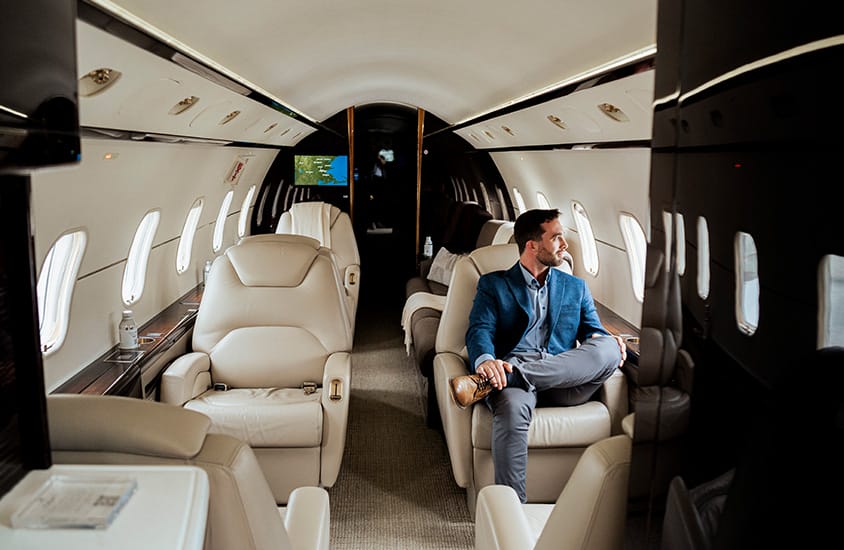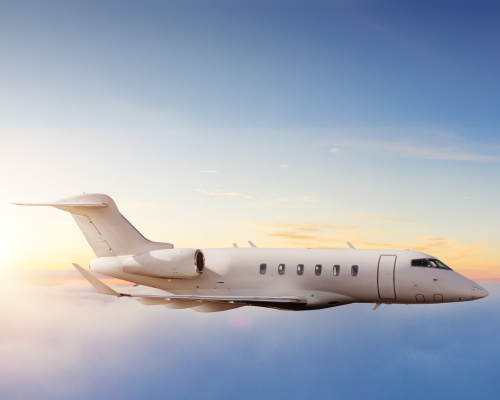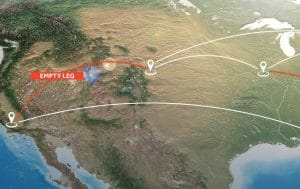When comparing Fractional Ownership to Full Aircraft Ownership, there are many important factors to consider. In 2024, fractional fleets soared to record activity levels: fractional operators completed more North American departures than any other operator type, surpassing corporate flight departments, charter companies, and aircraft management firms (SherpaReport).
That said, full aircraft ownership continues to command its niche. Although detailed aggregated data on new full-ownership transactions is less public, financing firms see steady demand and strong balance sheets: Global Jet Capital reports that even as aircraft transactions softened in Q1 2024, business jet flight operations remained 16% above Q1 2019 levels, reflecting a resilient demand base for aircraft owners and operators (NAFA).
So in 2025, as fractional models break utilization records and full ownership holds its appeal among the power users, the decision between Fractional vs Full Ownership is about aligning your capital, usage profile, safety expectations, and desire for control. Let’s dive deeper so you can decide which model suits your flying lifestyle best.
What Is Fractional Jet Ownership?
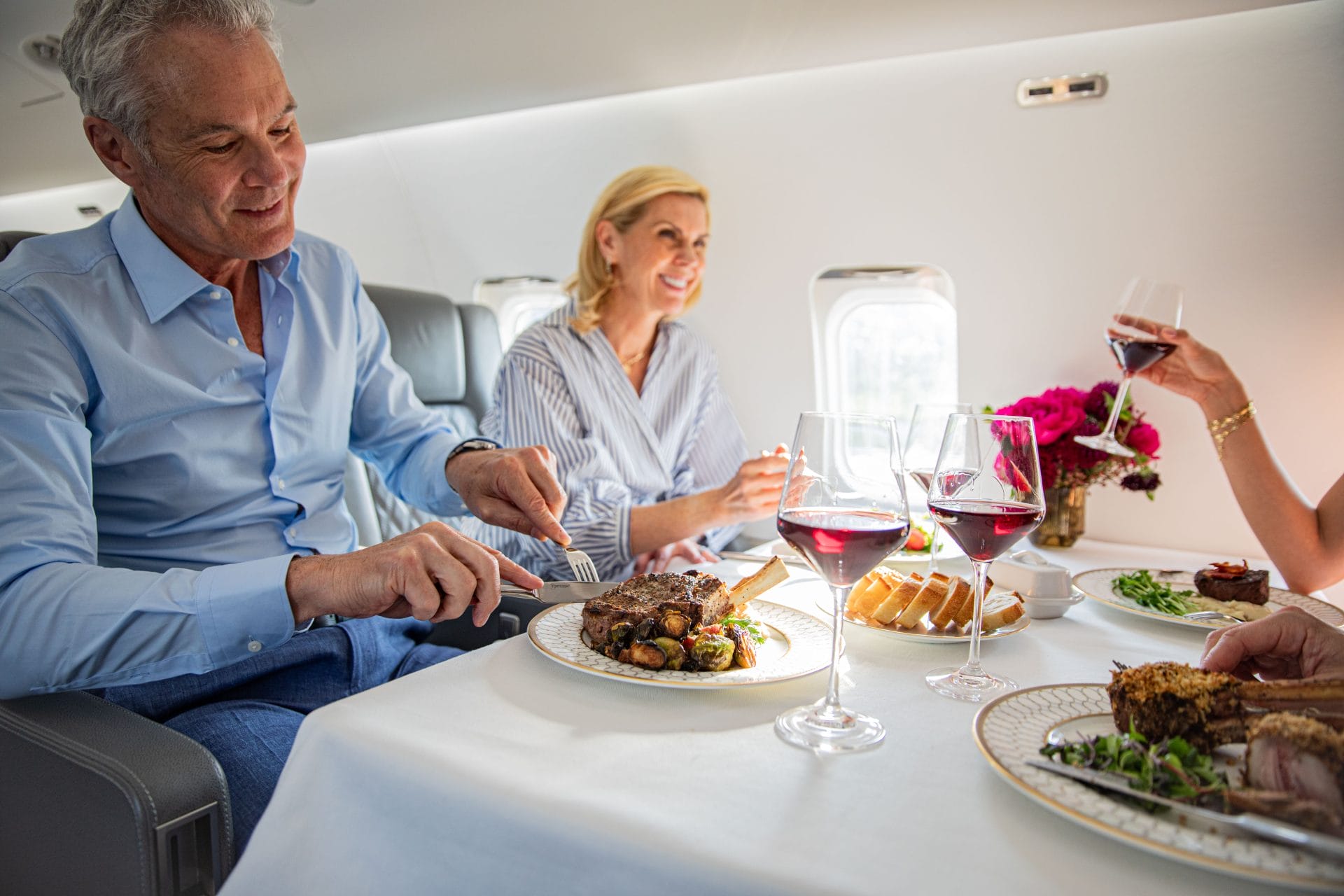
Fractional jet ownership lets you purchase a portion of an aircraft, translating into a guaranteed number of flight hours each year: commonly 50, 75, or 100. You share access with other owners under a structured program and avoid the complexity of running your own flight department.
Importantly, fractional programs operate under FAA Part 91 Subpart K (91K). This means your flights follow commercial-level oversight, pilot time-in-type requirements, and higher training standards. Providers like Magellan Jets enforce some of the strictest safety protocols in the industry, ensuring pilots receive recurrent training, maintenance is performed at certified facilities, and every aircraft is tracked for compliance.
Key Features of Fractional Ownership:
- Long-term commitment (usually 3 to 7 years)
- Guaranteed access to a specific aircraft type or fleet
- Predictable, contracted pricing
- Upfront capital investment with monthly management and hourly usage fees
- Operates under Part 91K for added regulatory oversight and pilot training requirements
What Is Full Aircraft Ownership?
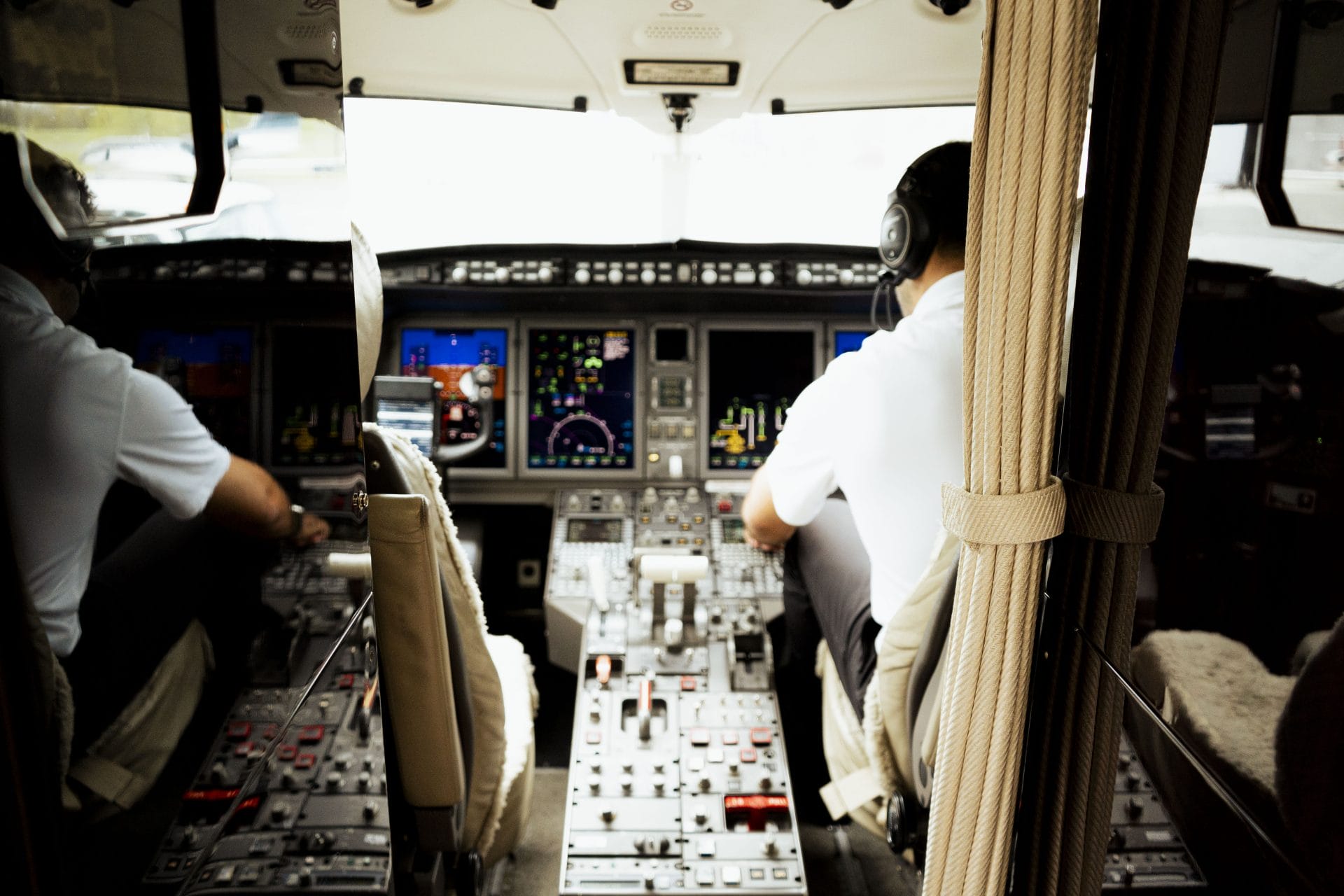
Full aircraft ownership means you buy and operate the entire aircraft yourself, either directly or through a management company. This offers maximum control and personal freedom, but also puts safety and operational responsibility squarely on your shoulders.
Your aircraft will fly under FAA Part 91, which grants significant latitude: you, as the owner, set your own operational standards and can choose when and where to fly; even to challenging environments like short runways in the Florida Keys or a remote dirt strip in Texas. That freedom can be appealing but comes with real risk because oversight and standardized pilot training aren’t mandated at the same level as fractional or charter operations.
Unless you hire and vet a highly experienced crew, select the right maintenance providers, and enforce your own safety standards, the responsibility for safety rests entirely with you. Many owners hire a management company to handle pilot training, compliance, and maintenance scheduling—but this is an additional cost to consider. And even with management, you’ll need to plan for downtime: an aircraft may be unavailable for months during scheduled maintenance or unexpected repairs, leaving you without lift.
Key Features of Full Ownership:
- Exclusive access to your aircraft 24/7 under Part 91
- Total control over safety protocols, crew selection, and operations
- High upfront acquisition cost plus ongoing management, maintenance, and insurance
- Must plan for aircraft downtime (scheduled and unscheduled)
- Most cost-effective when flying 200+ hours annually
Safety & Availability: A Critical Difference
- Regulatory Oversight:
- Full Ownership: Part 91 gives you maximum freedom but minimal built-in oversight. Owners can bypass some operational safeguards, which is good for flexibility, but potentially risky if not safety-expert driven.
- Fractional Ownership: Part 91K requires structured pilot training, time-in-type minimums, and strict maintenance standards. Providers like Magellan layer on additional proprietary safety standards that exceed FAA minimums.
- Fleet Access vs Single Aircraft:
- Full Ownership: You rely on one aircraft. When it’s in for a major inspection, unscheduled maintenance, or upgrades, you may be without access for weeks or even months.
- Fractional Ownership: Magellan’s Fractional Ownership program gives you fleet access. If your primary aircraft is unavailable, you can fly another model that fits your mission without sourcing supplemental charter.
- Operational Burden:
- Full Ownership: You (or your management company) are responsible for hiring, vetting, and recurrent training for pilots, as well as maintenance oversight and compliance.
- Fractional Ownership: These details are fully managed for you, delivering a turnkey ownership experience.
Magellan Jets Fractional Ownership: A New Standard
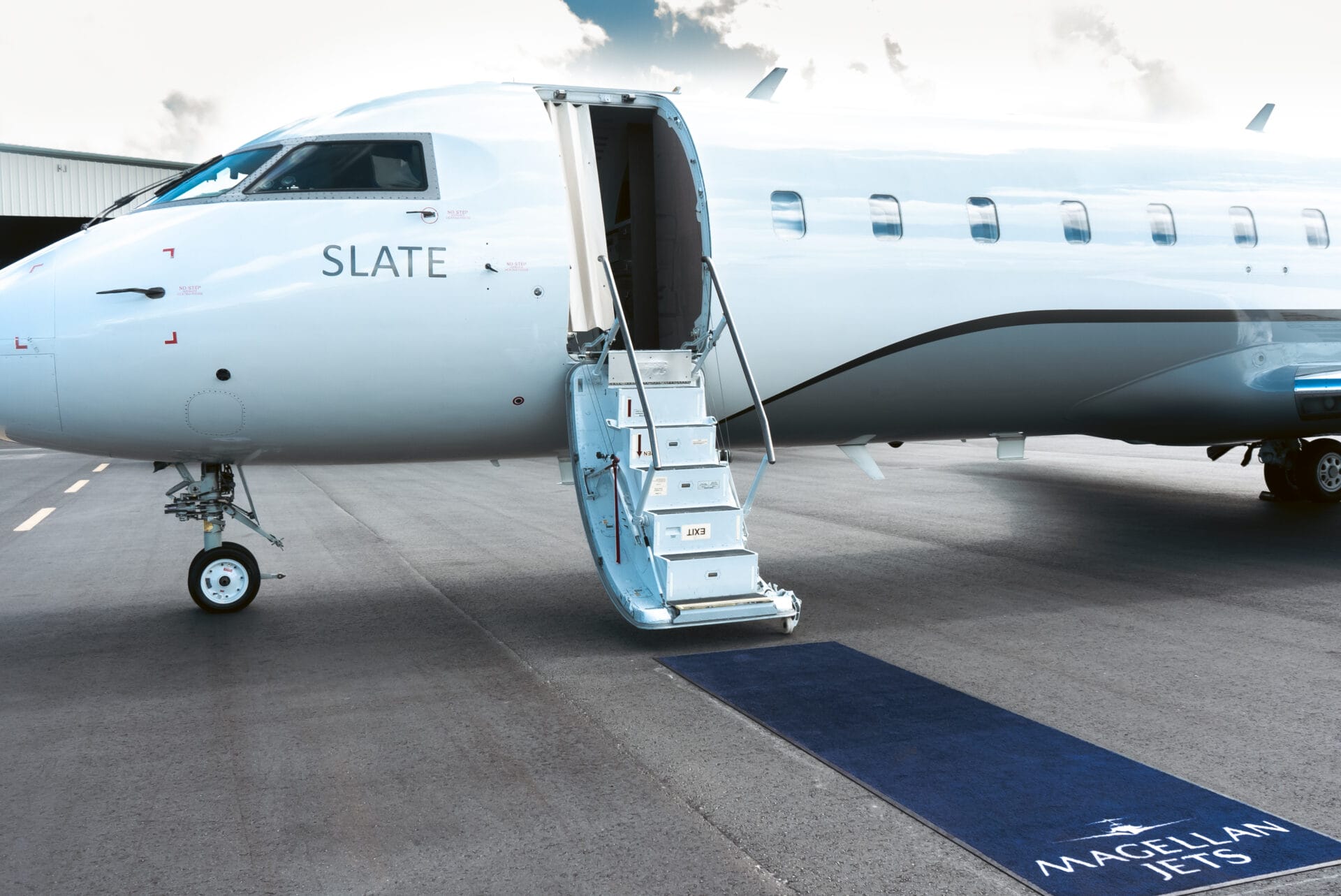
In addition to industry-leading Jet Card, Charter, and Business solutions, Magellan Jets offers a premium Fractional Ownership program built around the Bombardier Challenger 850, one of the most spacious and luxurious jets in the super-midsize category.
This program is designed for high-frequency travelers who want guaranteed access, predictable pricing, and a seamless luxury experience, without the full responsibility of sole ownership.
Magellan Jets Fractional Ownership Highlights:
- Challenger 850 with brand new interior and seating for up to 19 passengers
- 50 hours per year, 3-year term with flexible early exit
- Uniformed attendant and crew and premium in-flight experience, including plated dining and Wi-Fi
- Guaranteed availability, even during peak seasons
- Guaranteed share repurchase and rollover flexibility
- No blackout dates
- Access to Magellan’s entire private aviation ecosystem (Jet Cards, Charter, Aircraft Sales & Management, and Business solutions)
Magellan Jets goes beyond standard 91K safety requirements, with additional proprietary audits, rigorous pilot training, and maintenance oversight that meet or exceed the most respected third-party safety ratings. Clients enjoy not just guaranteed access but peace of mind.
Fractional vs Full Ownership: How to Choose
When evaluating Fractional vs Full Ownership, ask yourself:
- How often do I fly?
- 200+ hours annually may justify full ownership.
- 50–150 hours per year is often more cost-efficient with fractional.
- Am I prepared to manage safety and operations?
- Full ownership gives you freedom but places responsibility on you for crew vetting, maintenance, and compliance.
- Fractional provides structured oversight and safety standards built in.
- Can I handle downtime?
- Full ownership means your aircraft could be unavailable for months during maintenance.
- Fractional programs guarantee fleet access and continuity of service.
- What’s my appetite for capital investment?
- Full ownership requires millions upfront plus annual operating costs.
- Fractional offers predictable costs with lower entry investment.

“Choosing between Fractional and Full Ownership is really about freedom and peace of mind. Full ownership gives total control, but also every responsibility. With Magellan’s Fractional program, you keep the access and luxury without the stress of running an aircraft yourself.”
— Shehnaz Vollmuth, Senior Manager of Sales, Success and Development at Magellan Jets
Explore More Ways to Fly with Magellan Jets
At Magellan Jets, we offer multiple options tailored to your lifestyle and travel preferences:
- Fractional Ownership: For frequent flyers seeking consistency and guaranteed access under the safety and oversight of Part 91K.
- Jet Cards: Fixed-rate flying with the flexibility to switch aircraft types.
- On-Demand Charter: Pay-as-you-go access to a global fleet of vetted aircraft.
- Aircraft Sales & Management: Support for clients looking to buy, sell, or manage their own jets (including Part 91 support for owners).
Every Journey is Personal, and our Private Aviation Advisors are here to help you navigate your options with expert care.
Fractional vs Full Ownership: Frequently Asked Questions
What is the difference between fractional and full aircraft ownership?
Fractional ownership means buying a share of a jet for guaranteed hours per year under the oversight of Part 91K. Full ownership means you buy and operate the entire aircraft under Part 91, assuming full responsibility for safety and operations.
Which is more cost-effective?
For frequent flyers and companies exceeding 200+ hours annually, full ownership can provide value. For those flying 50–150 hours, fractional is typically the smarter investment.
What about safety oversight?
Full ownership gives you maximum control but requires you to vet pilots, enforce standards, and manage maintenance. Fractional providers like Magellan operate under 91K with higher safety requirements and internal audits.
Can I combine fractional or full ownership with other solutions?
Yes. Many Private Clients supplement their owned assets with Jet Cards or Charter to maintain flexibility when their aircraft is down or a different cabin size is needed. Magellan’s Fractional Ownership program actually allows you to use any amount of your 50 hours per year to fly on other Magellan Jets aircraft.
Make the Right Investment
When it comes to Fractional vs Full Ownership, the choice often comes down to how much you fly, your appetite for operational responsibility, and your safety expectations.
Magellan Jets provides solutions for every type of flyer—Fractional, Jet Cards, Charter, or Full Aircraft Management—delivered with award-winning service, industry-leading safety standards, and unmatched flexibility.
Ready to explore what’s right for you? Talk to a Private Aviation Advisor here.
